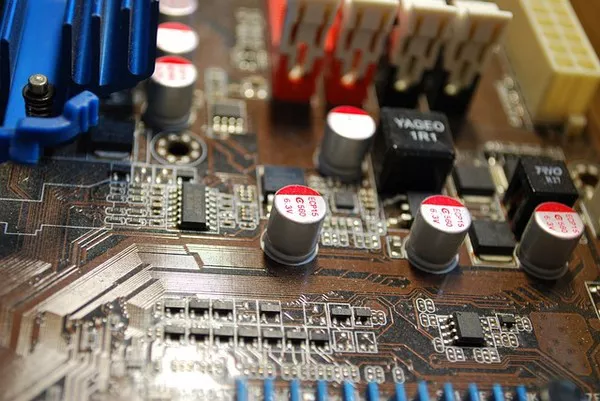For decades, vegetation management in the power sector has relied on traditional methods like human inspections, drones, and advanced sensors. However, these solutions are often costly and limited in their effectiveness, making vegetation management one of the largest budget items for utilities. Recent innovations leveraging AI and satellite technology are set to revolutionize this process, enabling more efficient and accurate assessments of vegetation risks, preventing outages, and expediting power restoration.
The AiDash Solution
California-based AiDash has emerged as a leader in this transformation. The company’s software utilizes AI models and high-resolution satellite data to identify real-time vegetation risks, predict potential outages days before they occur, and prioritize grid-hardening activities. Its SatelliteVision technology is capable of scanning and processing 100,000 miles of transmission and distribution networks in just a few weeks, providing utilities with a comprehensive view of vegetation-related risks.
The Scale of the Problem
In the U.S., the power grid spans 642,000 miles of high-voltage transmission lines and over 6 million miles of local distribution lines, creating numerous opportunities for vegetation to impact infrastructure. According to the North American Electric Reliability Corporation (NERC), hurricanes were responsible for the most transmission outages between 2019 and 2023, followed by winter weather, tornadoes, fires, and wind-related thunderstorms. With climate change contributing to more frequent and intense storms, the need for innovative vegetation management solutions is becoming increasingly urgent.
The Role of Satellite Data and AI
AiDash’s AI technology combines decades of historical data with current GIS information to create a robust system for managing vegetation. This system uses a continuous learning loop to refine its AI models, integrating millions of data points related to various geographies, vegetation species, growth rates, and clearance needs.
The Intelligent Vegetation Management System currently monitors over 1 million miles of transmission and distribution lines, processing more than 3 million miles of infrastructure data. Key features of the system include:
Vegetation Monitoring: The system analyzes tree height and vegetation density near power lines, calculating natural prune cycles at subcircuit and circuit levels. It automatically alerts staff when vegetation is within two feet of conductors, ensuring timely trimming.
Event Prediction: The Climate Risk Intelligence System integrates satellite imagery, vegetation data, and live weather feeds to predict weather-related events up to 72 hours before they occur. This tool also assesses post-event conditions, including flood assessments and wildfire damage severity.
Restoration Efficiency: AiDash reports that its system can speed restoration efforts by 30% and predict outages with 85% accuracy. It also identifies opportunities for grid hardening based on changing environmental conditions.
Successful Outcomes
AiDash has attracted more than 150 customers globally, including major regional utilities like Alabama Power, Xcel Energy, Eversource Energy, and GreyStone Power.
For instance, National Grid reported that implementing AiDash’s Intelligent Vegetation Management System led to a 30% reduction in outages and a 55% decrease in outage duration. This improvement came after a series of severe storms had previously resulted in poor performance metrics (SAIDI/SAIFI) for the utility. The software allowed National Grid to reduce clearance distances by nearly 85% while improving overall service reliability.
Similarly, Alabama Power used AiDash’s solutions to refine its 2024 trim plans. By integrating satellite data and AI, the utility adopted a more condition-based approach, narrowing its trimming operations from 114 segments to just 51, significantly optimizing its resources.
Conclusion
The integration of AI and satellite data is fundamentally changing the landscape of vegetation management for utilities. By providing real-time insights and predictive capabilities, these technologies not only reduce costs but also enhance reliability and resilience in power delivery. As climate challenges continue to evolve, innovative solutions like those offered by AiDash will be crucial in ensuring the stability and sustainability of the power grid.
You Might Be Interested In

